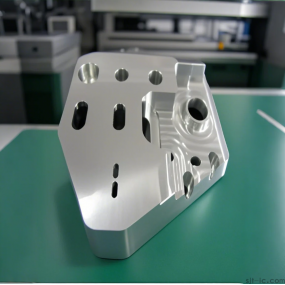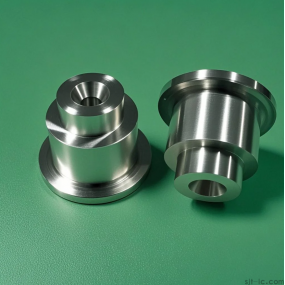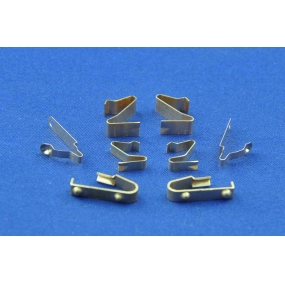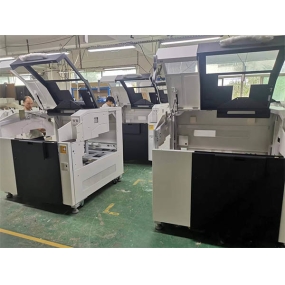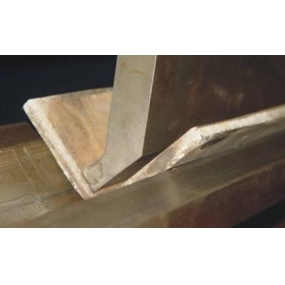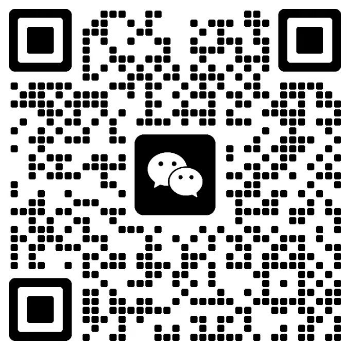Hey, do you often struggle with choosing between 3-axis and 5-axis for CNC Machining? Wondering if small-batch orders can even be accepted, and how to pick the right manufacturer? Today, I’ll chat with you about this to hopefully help you out! 😊
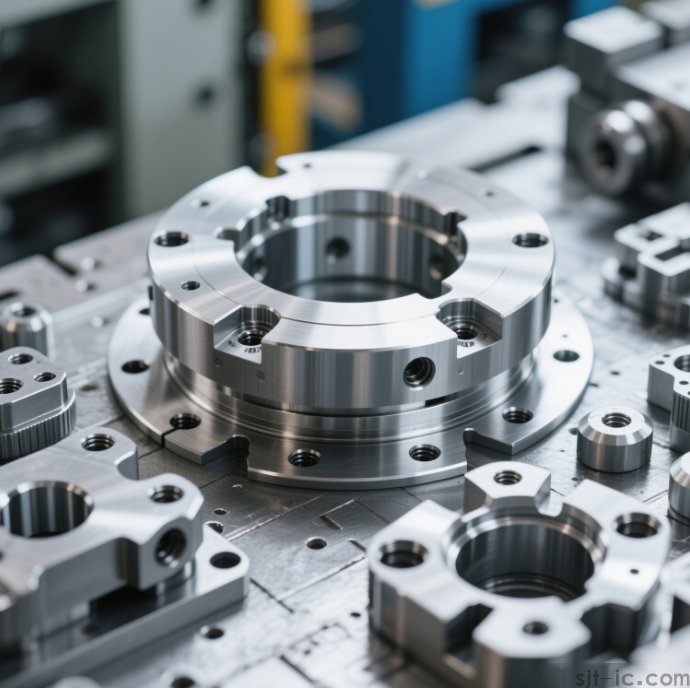
▍Why Is 5-Axis Machining Becoming More and More Popular?
Simply put, 5-axis machining means the machine tool can move in five directions simultaneously—way more flexible than traditional 3-axis! For example, when machining complex curved surfaces or irregular parts, 5-axis gets the job done in one go, no need for repeated clamping, and the precision is still high. I think, especially in high-tech fields like aerospace and medical equipment, 5-axis has almost become a standard.
👉 Core Advantages of 5-Axis Machining:
- Higher Precision: Fewer clamping times mean less error accumulation, with tolerances controllable within ±0.01mm.
- Boosted Efficiency: Complex parts can be processed in a single cut, saving time and effort.
- Stronger Capability: It can handle "dead corners" like deep cavities and chamfers with ease!
However, 5-axis equipment is expensive and its programming is complex, so it’s only suitable for tasks with high precision requirements and complex structures. If you’re working on simple parts, 3-axis is sufficient—no need to waste money!
▍How to Choose for Small-Batch Machining Without Mistakes?
Many people worry that small-batch orders will be rejected, or that the quality will be unstable. But in fact, reliable manufacturers value long-term cooperation and are willing to take small-batch orders! Focus on these key points:
1. Prototyping Capability: Can they produce samples quickly? For instance, some factories offer "3-7 day delivery," and even 1-2 days for rush orders.
2. Process Transparency: Will they clearly communicate the machining steps? A standardized process—from drawing inspection → programming → machining → quality inspection—gives you peace of mind.
3. Material and Surface Treatment Options: Are they familiar with materials like aluminum, stainless steel, and copper? Can they handle post-treatments such as anodizing and sandblasting?
I suggest that for small-batch orders, you must find factories that specialize in "multi-variety, small-batch" production. They have flexible equipment scheduling and strong quality awareness! Don’t go for big factories just to save money—they might ignore you because the batch size is too small 😅.
▍What Synergy Do 5-Axis Machining and Small-Batch Production Create?
Actually, they’re a perfect match! For example, in R&D prototyping or custom non-standard parts, the batch size is usually small but the shapes are complex. 5-axis machining just plays to its strengths here—it balances precision and efficiency, and even saves on mold costs!
✅ Suitable Scenarios:
- New product prototype manufacturing
- High-precision custom parts (e.g., medical instrument accessories)
- Trial production stages with expensive materials
▍Personal Insights and Recommendations
I’ve interacted with many processing factories and found that 5-axis machining and small-batch orders are often a "litmus test" for high-quality customers. Only manufacturers with solid technology and good service dare to take on such orders! So, don’t just compare prices—pay more attention to these aspects:
- Case Experience: Have they worked in similar industries (e.g., automotive, electronics, medical)?
- Quality Inspection Process: Do they have 2D or 3D measuring equipment? Can they provide data reports?
- Cooperation Model: Will they sign a non-disclosure agreement? Can they accept customizations based on drawings or samples?
Finally, a reminder: Whether you choose 5-axis or 3-axis, clearly communicating your needs is always the first step! Spell out details like drawings, materials, precision requirements, and surface treatments—this will minimize the risk of mistakes 🚀.
Do you need me to further polish this English translation to be more formal (for business negotiations) or more concise (for product brochures)? I can also add professional terminology annotations if you need to share it with overseas technical teams.


 Spanish
Spanish Arabic
Arabic French
French Portuguese
Portuguese Belarusian
Belarusian Japanese
Japanese Russian
Russian Malay
Malay Icelandic
Icelandic Bulgarian
Bulgarian Azerbaijani
Azerbaijani Estonian
Estonian Irish
Irish Polish
Polish Persian
Persian Boolean
Boolean Danish
Danish German
German Filipino
Filipino Finnish
Finnish Korean
Korean Dutch
Dutch Galician
Galician Catalan
Catalan Czech
Czech Croatian
Croatian Latin
Latin Latvian
Latvian Romanian
Romanian Maltese
Maltese Macedonian
Macedonian Norwegian
Norwegian Swedish
Swedish Serbian
Serbian Slovak
Slovak Slovenian
Slovenian Swahili
Swahili Thai
Thai Turkish
Turkish Welsh
Welsh Urdu
Urdu Ukrainian
Ukrainian Greek
Greek Hungarian
Hungarian Italian
Italian Yiddish
Yiddish Indonesian
Indonesian Vietnamese
Vietnamese Haitian Creole
Haitian Creole Spanish Basque
Spanish Basque

